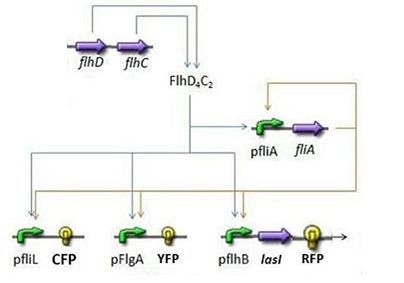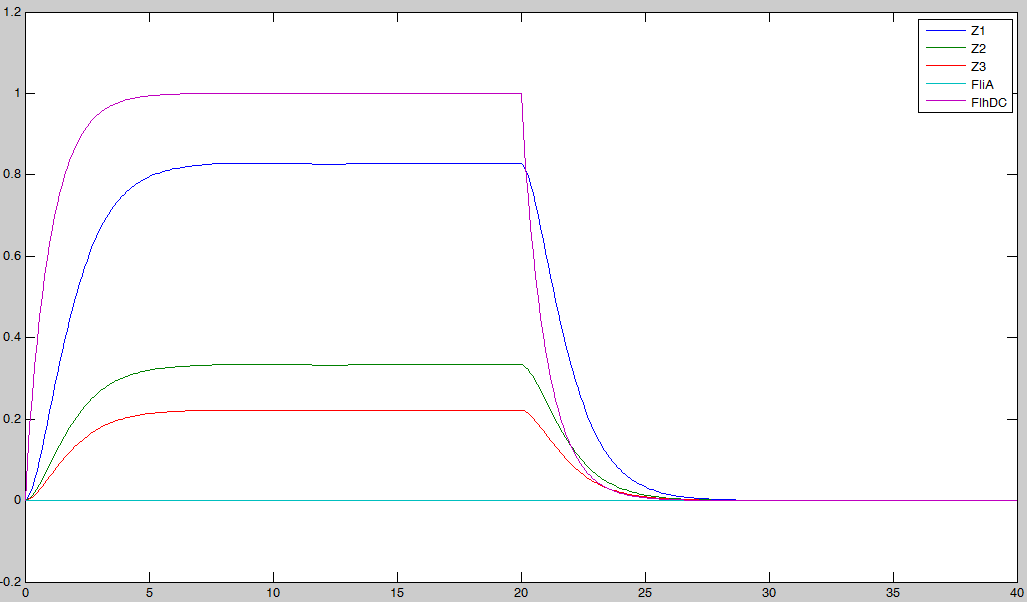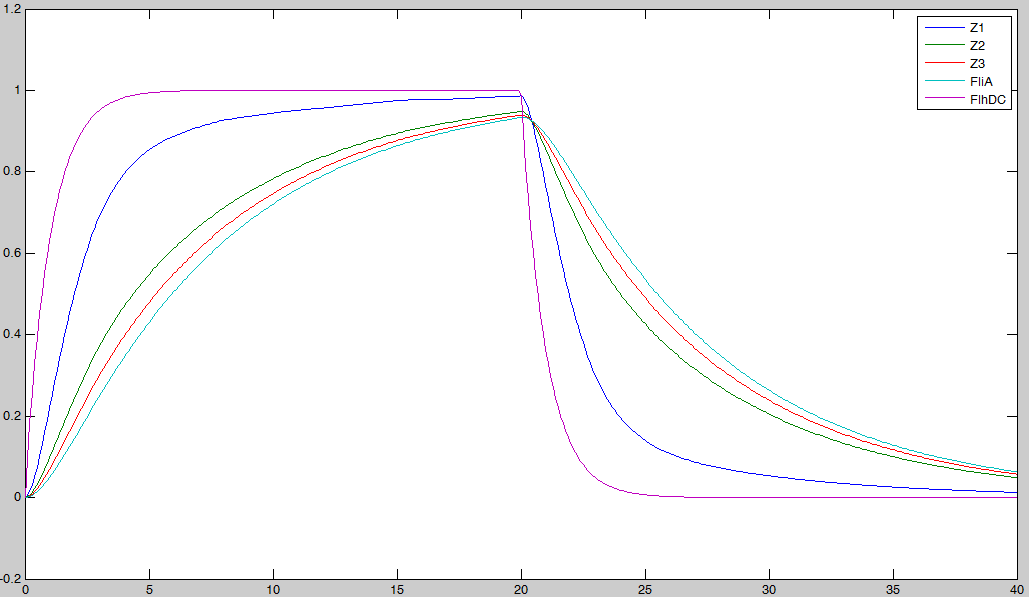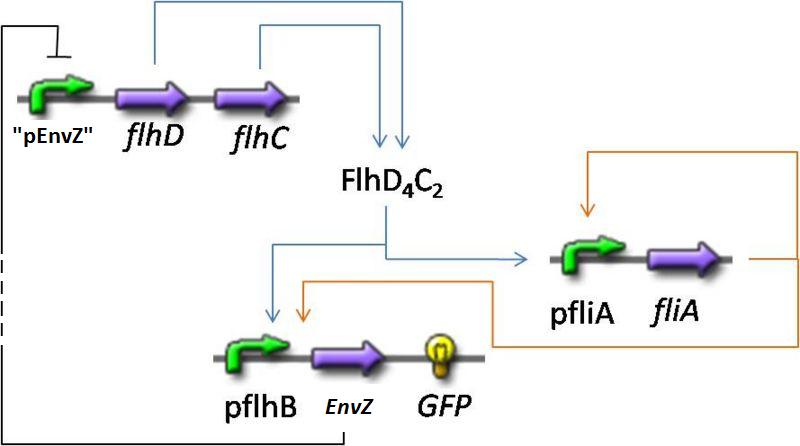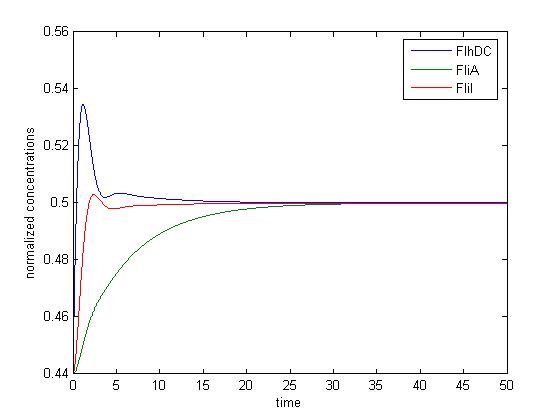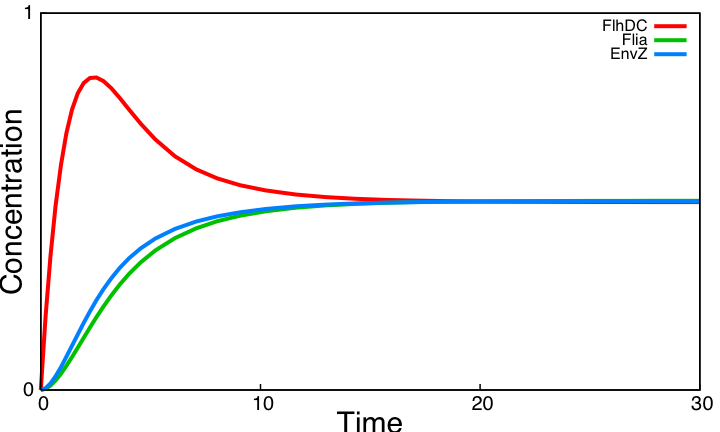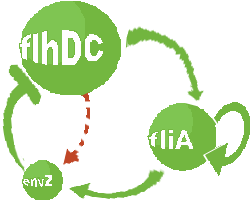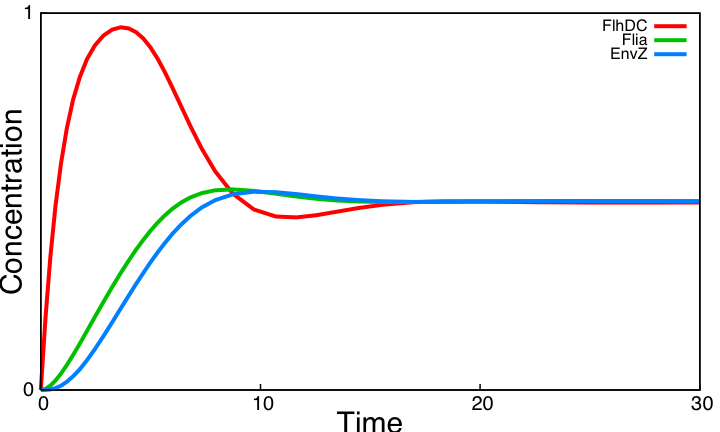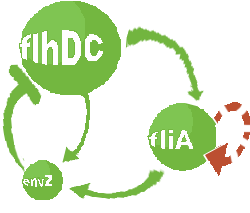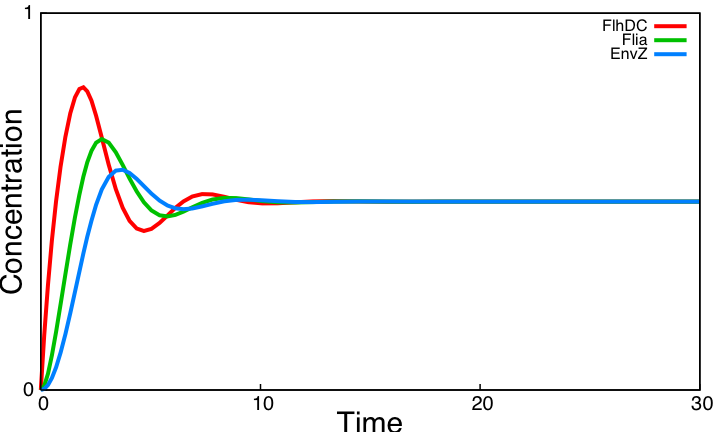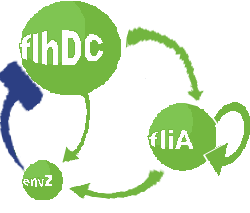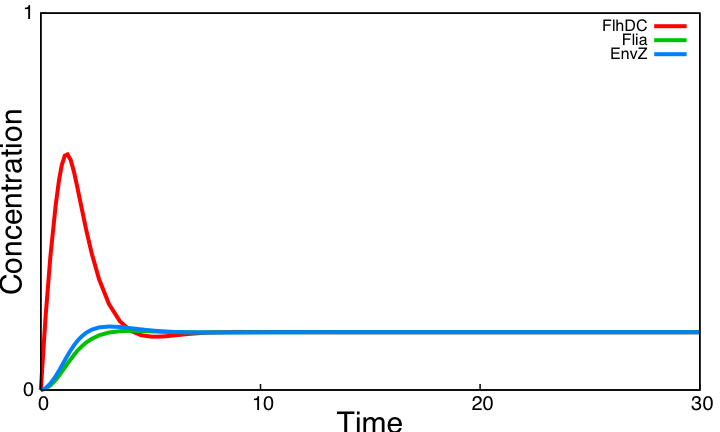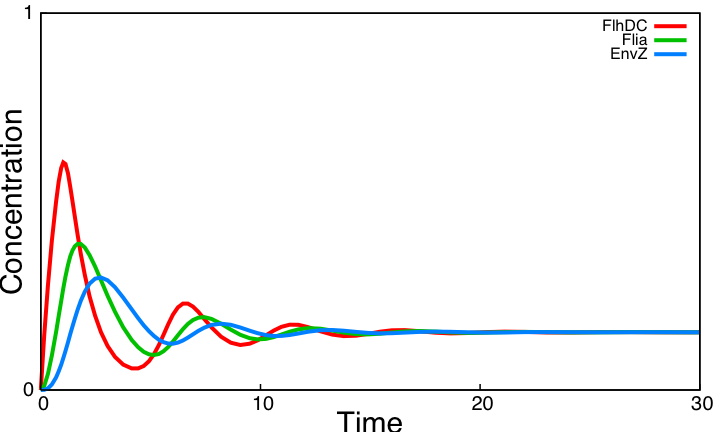Team:Paris/Analysis/Math+Sim
From 2008.igem.org
m (→System analysis) |
(→Oscillations) |
||
| Line 62: | Line 62: | ||
Nonetheless, there are two questions we could focus on: | Nonetheless, there are two questions we could focus on: | ||
* Is it possible to prove theoretically that it will not produce oscillations ? For detailled answers : [[Team:Paris/Network_analysis_and_design/Core_system/Mathematical analysis and simulations/Mathematical_analysis|mathematical analysis]]. | * Is it possible to prove theoretically that it will not produce oscillations ? For detailled answers : [[Team:Paris/Network_analysis_and_design/Core_system/Mathematical analysis and simulations/Mathematical_analysis|mathematical analysis]]. | ||
| - | * Does this result depend on the integration methods used ? For more detailled considerations : [[Team:Paris/Network_analysis_and_design/Core_system/Mathematical analysis and simulations/Integration_methods|Impact of integration methods]]. | + | * Does this result depend on the integration methods used ? For more detailled considerations : {{Paris/Toggle|Impact of integration methods|Team:Paris/Team:Paris/Network_analysis_and_design/Core_system/Mathematical analysis and simulations/Integration_methods}} |
| + | [[Team:Paris/Network_analysis_and_design/Core_system/Mathematical analysis and simulations/Integration_methods|Impact of integration methods]]. | ||
Finally, the logical continuation of the process will be to try to improve the biological system in order to find oscillations. This will be described in the part below, as well as in the section [[Team:Paris/Network_analysis_and_design/System_improvements|System Improvements]]. | Finally, the logical continuation of the process will be to try to improve the biological system in order to find oscillations. This will be described in the part below, as well as in the section [[Team:Paris/Network_analysis_and_design/System_improvements|System Improvements]]. | ||
Revision as of 07:47, 28 October 2008
|
Mathematical analysis and simulations
FIFO
where CFP, YFP, and RFP will be denoted below as respectively Z1,Z2 and Z3.
We have implemented this system using Matlab (see the corresponding codes)
Indeed, we may see that there is a LIFO behavior rather than the FIFO we expect...
Oscillations
If you want more details about the way we have built them, you can go to the model construction page. If one tries to draw simulations of this system, he will obtain this kind of results : In a nutshell : It does not work !
Impact of integration methods. Finally, the logical continuation of the process will be to try to improve the biological system in order to find oscillations. This will be described in the part below, as well as in the section System Improvements. System analysisSimulations of the core system displayed above reveal that it does not exhibit an oscillatory behavior. In this section we use the model of the core system to try to figure out the contribution of some key characteristics of the network topology on the dynamics of the system. This analysis is done by successively simulating altered forms of the system. The following table lists the different forms of the system considered and their respective outcome :
In the next section, we examine significant topology improvements of the core system that are potentially better for oscillations and that preserve FIFO required interactions. |
 "
"

